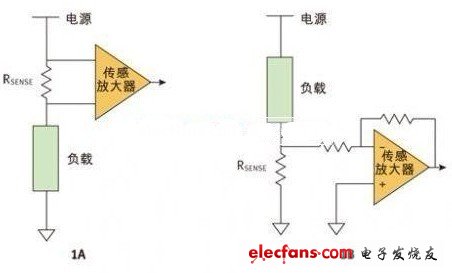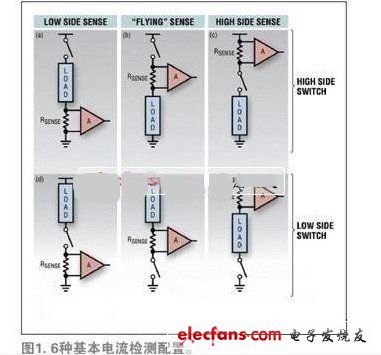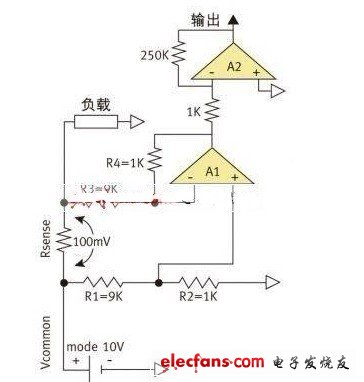Here mainly introduces the current detection method, and finds some factors that are easily overlooked in the design. First consider two different methods: a shunt-based detection method and a magnetic field-based detection method.
1. Method of shunt High-precision low-resistance resistors currently have the characteristics of high power and small size. This method has lower cost and higher accuracy. Used more in automotive electronics.
2. Magnetic field-based detection methods (represented by current transformers and Hall sensors) have many advantages, such as good isolation and low power loss, which makes it more used in power supply drive technology and large current fields, but It also has shortcomings, such as large volume, unsatisfactory compensation characteristics, linearity and temperature characteristics.
To achieve the function of anti-trapping, usually two methods are used for detection at the same time. The following uses window control as an example.
The working current of the body electronic control system is generally between 1-100A, but we need to pay attention that most loads have Inrush current. What needs to be involved today is the shunt method. This is the principle of our detection is this: the shunt method is to insert a low resistance detection resistor in series in the current path to form a small voltage drop, which can be amplified to be regarded as a A signal proportional to the current. Of course there are two most basic topologies:
Of course there are two most basic topologies:

Low-side current detection
Put the detection resistor between the load and the circuit ground, then you can use the op amp to amplify the voltage drop formed on the resistor.
High-side detection
Place the sense resistor between the power supply and the load.


High-end detection op amp circuit
If you want to subdivide more, you can consider the position of the switch together, because we are facing an inductive load.
Submersible cable is a type of cable designed for use in underwater environments, such as in offshore oil and gas exploration, marine research, and underwater construction. These cables are typically made of materials that are resistant to corrosion, abrasion, and water damage, and are designed to withstand high pressures and temperatures.
Submersible cables are used to transmit power and data signals between underwater equipment and control systems on the surface. They may also be used to connect sensors and other monitoring devices to data acquisition systems.
The construction of submersible cables can vary depending on the application and the environment in which they will be used. Some cables may be armored with steel or other materials to provide additional protection against damage from rocks and other debris. Others may be coated with special materials to resist chemical corrosion or to improve their electrical conductivity.
Overall, submersible cables are essential components of many underwater applications, and their reliability and durability are critical to the success of these operations.
Submersible Electrical Pump Cable,Submersible Flat Cable,Flat Submersible Pump Cable,Waterproof Cable Rubber,Submersible Electrical Cable
Ruitian Cable CO.,LTD. , https://www.rtlinecable.com
![<?echo $_SERVER['SERVER_NAME'];?>](/template/twentyseventeen/skin/images/header.jpg)